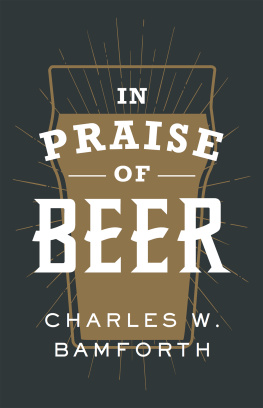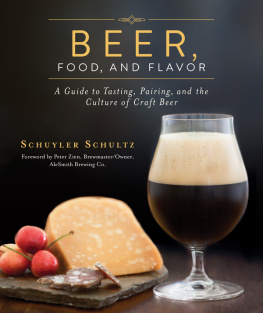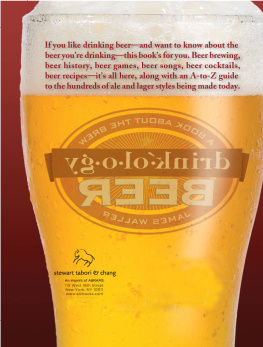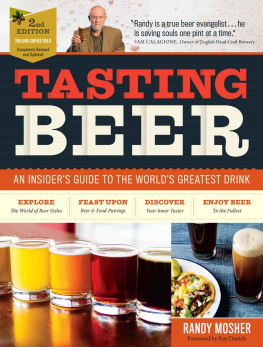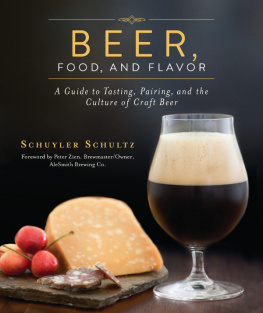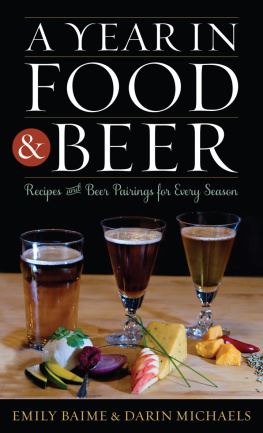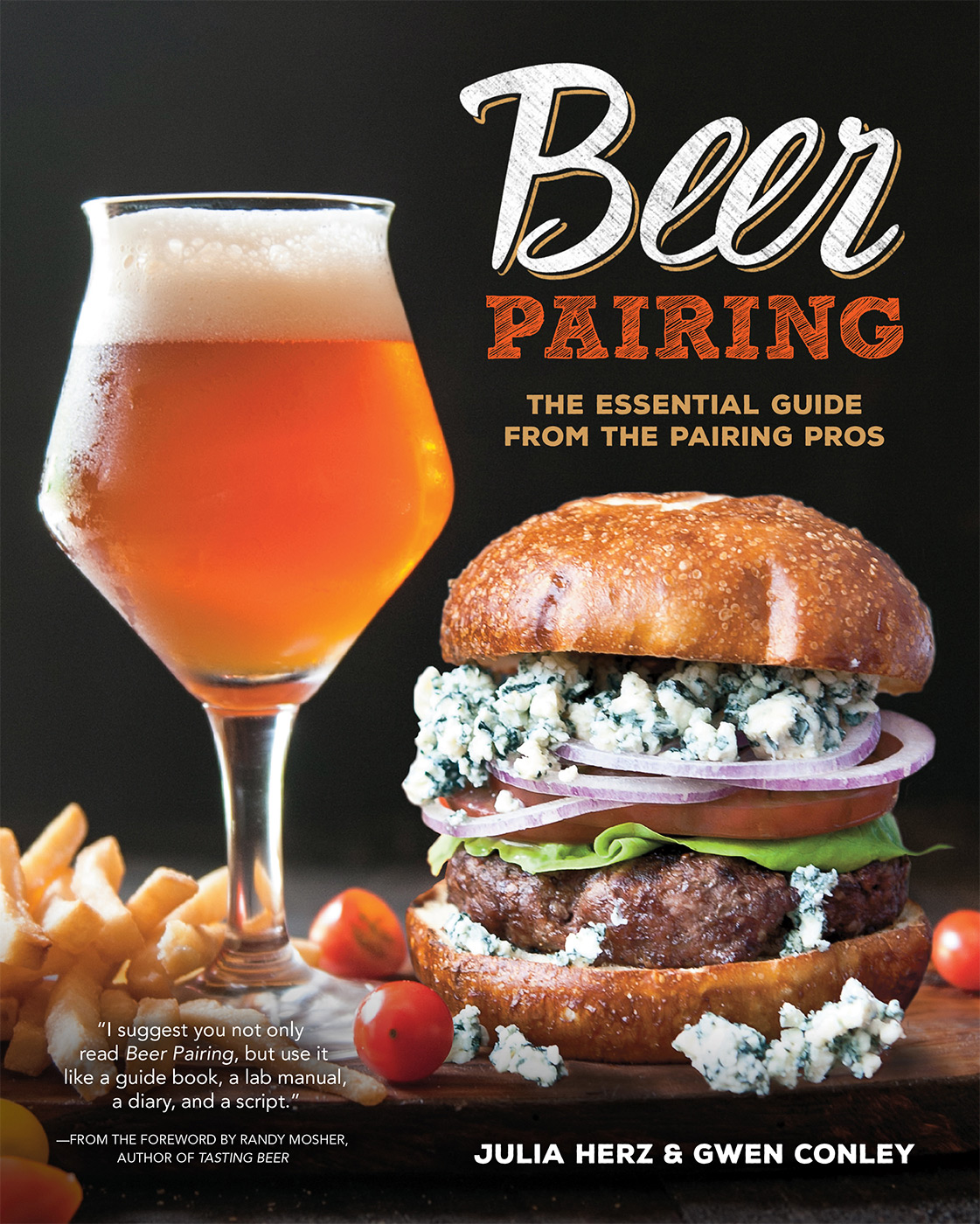
2015 Quarto Publishing Group USA Inc.
Text 2015 Julia Herz and Gwen Conley
Photography 2015 Jackie Dodd, unless otherwise noted
First published in 2015 by Voyageur Press, an imprint of Quarto Publishing Group USA Inc.,
400 First Avenue North, Suite 400, Minneapolis, MN 55401 USA.
Telephone: (612) 344-8100 Fax: (612) 344-8692
quartoknows.com
Visit our blogs at quartoknows.com
All rights reserved. No part of this book may be reproduced in any form without written permission of the copyright owners. All images in this book have been reproduced with the knowledge and prior consent of the artists concerned, and no responsibility is accepted by producer, publisher, or printer for any infringement of copyright or otherwise, arising from the contents of this publication. Every effort has been made to ensure that credits accurately comply with information supplied. We apologize for any inaccuracies that may have occurred and will resolve inaccurate or missing information in a subsequent reprinting of the book.
Voyageur Press titles are also available at discounts in bulk quantity for industrial or sales-promotional use.
For details contact the Special Sales Manager at Quarto Publishing Group USA Inc., 400 First Avenue North, Suite 400, Minneapolis, MN 55401 USA.
Digital edition: 978-1-6278-8822-6
Hardcover edition: 978-0-7603-4843-7
Library of Congress Cataloging-in-Publication Data
Herz, Julia, 1968
Beer pairing : the essential guide from the pairing pros / Julia Herz, Gwen Conley.
pages cm
ISBN 978-0-7603-4843-7 (hardback)
1. Beer. 2. Food and beer pairing. I. Conley, Gwen, 1966- II. Title.
TP577.H475 2015
641.23--dc23
2015020146
Acquiring Editor: Thom OHearn
Project Manager: Caitlin Fultz
Art Director: Cindy Samargia Laun
Book Design and Layout: Amelia LeBarron
Cicerone is a registered certification mark and service mark of the Craft Beer Institute in the United States and a registered trademark and service mark in the European Union and Canada.
The Essential Guide from the Pairing Pros
JULIA HERZ & GWEN CONLEY

CONTENTS
Guide
FOREWORD

To the barbarians living beyond the borders of ancient Greece, beer personified humankinds ability to force a wild and dangerous world to submit to our will. Represented by an image of a man on horseback stabbing a dragon, we know him as Saint George, but he is far older than that. If you peel back the layers of Christianity, this warrior is the barley god Sabazius, his act a metaphor for willfully bending raw nature into something sublime, even transcendental. We share the belief of these ancient people that beer is a fundamental comfort of civilization.
For millennia, beer was a replenishing quaff and nourishing stapletruly a liquid form of the bread it accompanied. Life was a struggle for most, and beer brought some comfort and amusement. Beer and food shared the table for sure, but only as simple, habitual pleasures, springing from the land and people who lived on it. An excerpt of an old harvest poem paints this picture:
Ye shall see first the large and chief,
Foundation of your feast, fat beef:
With upper stories, mutton, veal,
And bacon (which makes full the meal),
With sevral dishes standing by,
As here a custard, there a pie,
...............................
If smirking wine be wanting here,
Theres that which drowns all care, stout beer
Robert Herrick, 15911674
The Enlightenment brought renewed interest in classical authors such as Cicero, who wrote in passionate detail about gastronomy. Eventually technology and a humanist attitude fueled a highly refined culinary art via legendary chefs such as Carme and Escoffier. In France, this movement clutched wine close to its bosom, finding little use for beer.
Just across the border, however, Belgian beer had long been a beloved partner for the luscious food there. It took a more sophisticated turn as the rapid expansion of beer styles that occurred between the World Wars gave chefs and diners plenty to work with. As the beers adapted themselves to the food, cuisine de la bire became one of Belgiums distinguishing features and still inspires us today.
Things in North America were very different until quite recently. Like so much of the American food landscape, beer was industrialized into a homogeneous commodity. With a dont think too much, just drink it attitude from its purveyors, American beer cuisine for most of the twentieth century focused on washing down hot dogs and hamburgers. At its most wildly ambitious, beer found its way into things like fish batter or a pleasant cheese soup.
The late Michael Jackson was our bridge to European beer culture and its traditions, but he also encouraged us to find our own, new way. He visited frequently, seldom without engaging some unsuspecting chef in a beer pairing dinner. The end results were a bit uneven at times, but the very act was a revelation. Michaels passion and willingness to take risks for the sake of something better profoundly shaped the way people viewed beer and its role at the table.
As craft beer grew, it changed the way people thought about beer. The new brews sparkled with flavor, aroma, and personality. As the beer grew bolder, so did its drinkers, and people started to challenge the old assumptions: What if beer is as good as wine? And then, I wonder what will happen if I put this barley wine with Stilton cheese? At some point we dared to think, Maybe beer is even better than wine at this.
It turned out that beer was very good indeed.
By the late 1990s, beer and food was a standard part of the canon. Beer dinners were everywhere. There was a lot of enthusiastic experimentation, and people started committing things to print. But since we were all just making it up as we went along, there was little agreement in how to put a particular beer and food pairing together.
Now that this movement is no longer in its infancy, were seeing a bit more consensus. Collectively we have a lot of experience, so the common practice is better than ever. Our theories about why certain things workor dontare increasingly verified by science. Its taken a long time to get here, but were ready for that next step. That brings us to this book.
A work like this is a bit of a balancing act. It has to translate the highly technical language of science into the experience-based world we all inhabit. It has to talk in generalities, even though every one of us experiences the world quite differently. It has to provide a standard vocabulary and a system with well-thought-out rules but not stifle creativity or limit flexibility. And it cant be content to simply tell you the way things are; it has to help you go out there, get your hands on the goods, and find out for yourself. This book does all that and more.
I suggest you not only read



